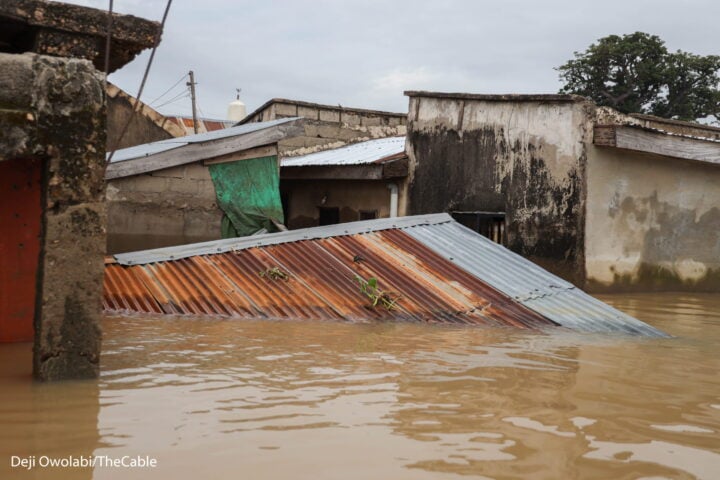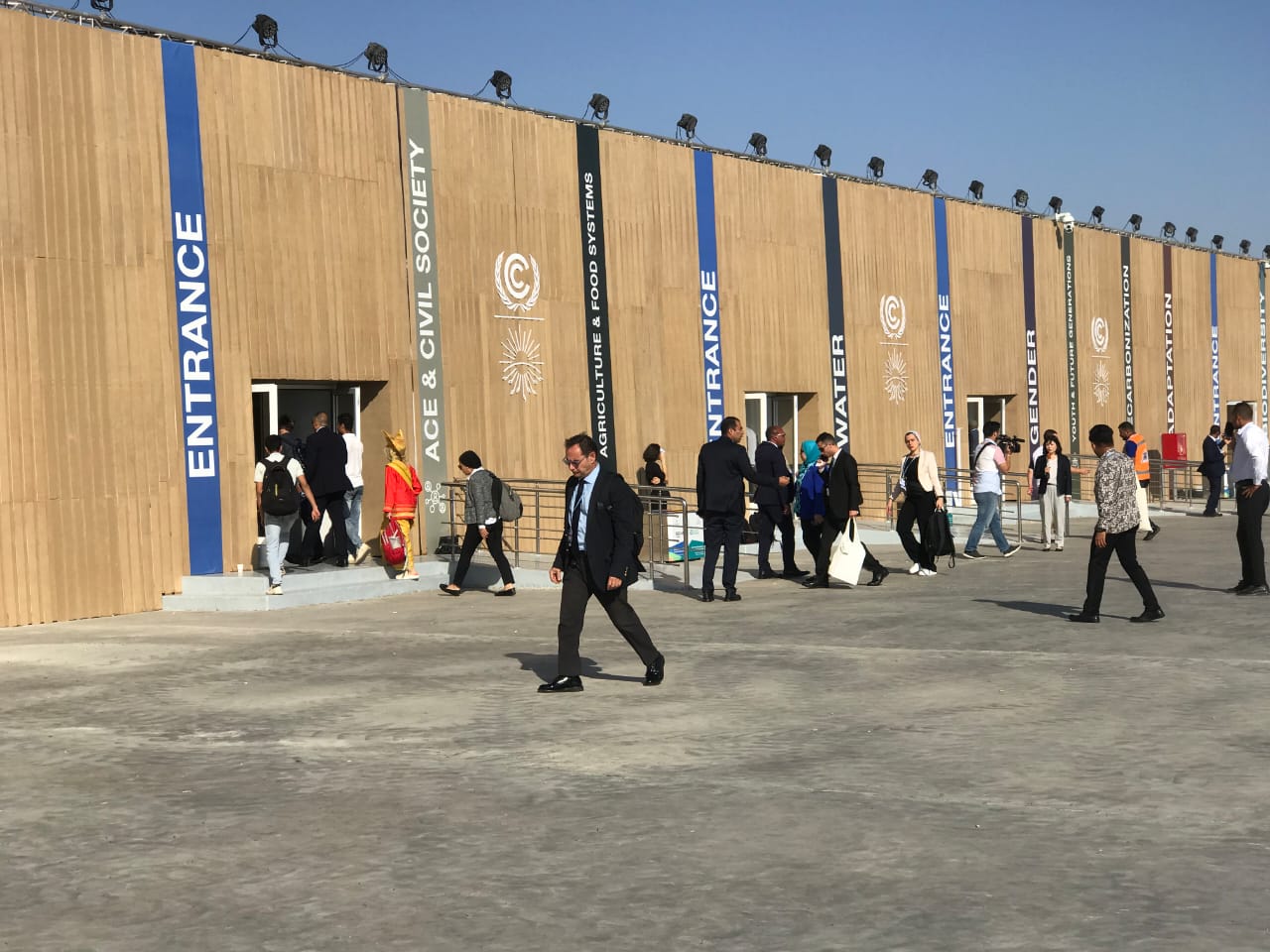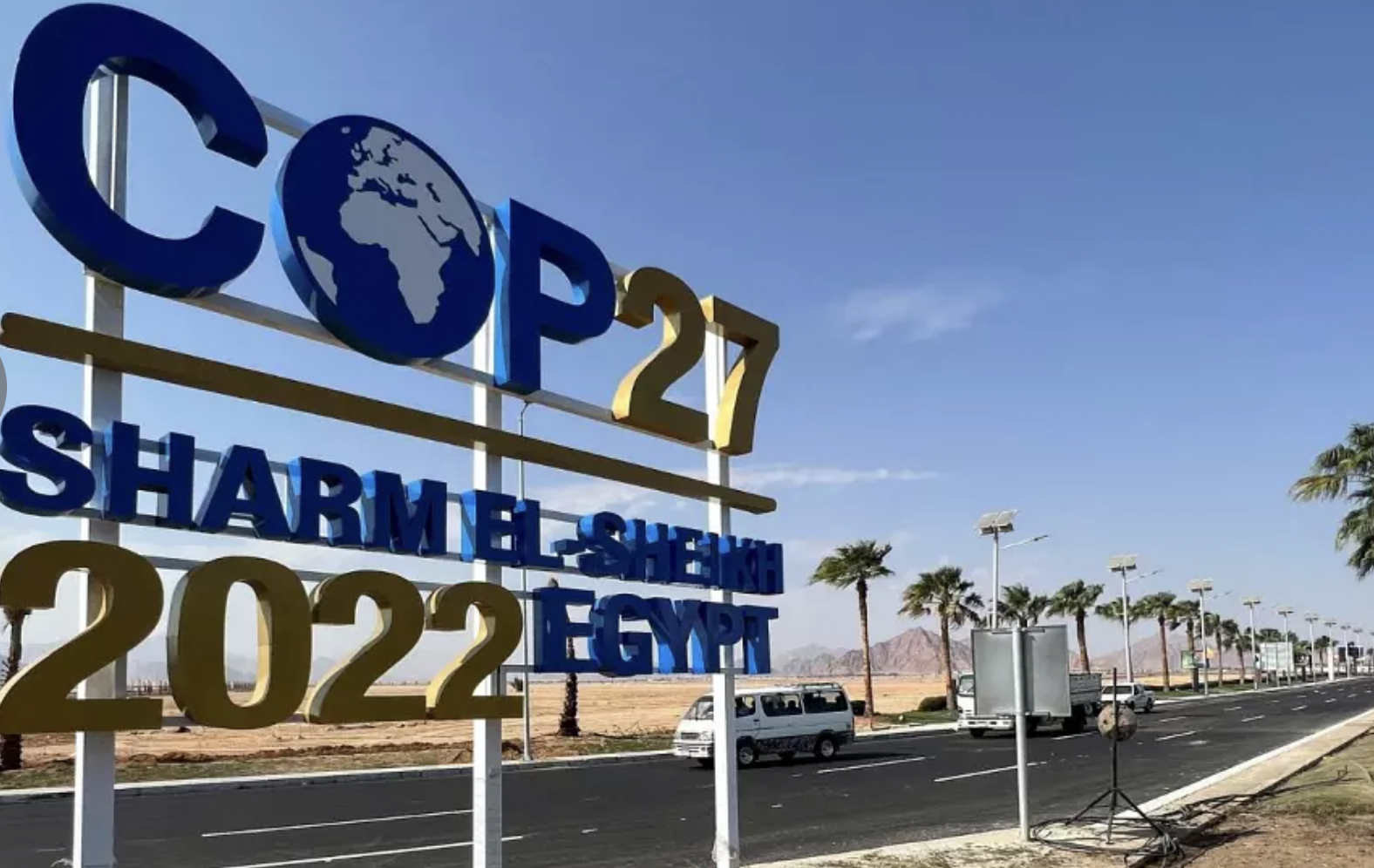Gideon's house is submerged. He vowed to come back when the flood vanishes.
In Nigeria, flooding has almost become an annual occurrence. Whenever it rains, it floods. This has been the situation since 2012 when Nigeria had major flooding incidents that led to the death of over 300 persons and displaced over two million others. It resulted in health issues across communities and food insecurity nationwide.
This challenge has continued over the years, although at a reduced rate than that of 2012. For example, in 2019, a total of 277,555 people were reportedly affected by flooding and 158 were killed. In 2020, up to 69 persons were confirmed dead and 165,000 others were displaced. Also in 2021, thousands were equally affected by the flood.
In 2022, the country attained a new record worse than that of 2012 — a disaster that has been tagged the worst flooding in the decade — killing over 600 persons and displacing over a million others.
These events have sent many Nigerians into indescribable pain. This poses the question: Why is Nigeria experiencing this amount of flooding and what can be done about it?
Advertisement
In this article, TheCable speaks with experts on the root causes, the consequences, and the possible solutions.
CLIMATE CHANGE TAKES THE CENTRE STAGE
The increase in temperature causes more evaporation of water into the atmosphere resulting in a heavy downpour that gets communities flooded. Olumide Onafeso, a physical geographer and a senior lecturer at Olabisi Onabanjo University, said sea level rise caused by climate change is part of the reasons rainfall is increasing in tropical areas like Nigeria.
Advertisement
He said as the water bodies in the ocean continue to increase due to melting glaciers and ice caps, “there will be an upwelling in the ocean and the water in the ocean evaporates. When it evaporates, it forms a cloud, and that cloud now moves up in the sky and falls back as rain.”
“However, the water that melted in the north pole in Europe has already entered into the ocean, so the rain will fall in the tropical areas not in the temperate up there where it melted from. That makes the amount of water volume in tropical areas where we are higher than normal. That is why we are having more rainfall where we normally had mild rainfall before,” he said.
Unresilient cities/human activities: The planning of Nigerian cities has been faulted by a number of experts who say the government is not doing enough to prevent people from living on flood plains or building houses without green areas and drainage systems. This lack of proper town planning and effective drainage systems has increased the rate of flood in some areas, endangering the lives of Nigerians.
Also, human practices of throwing trash into the drains when it is raining prevents the free flow of water. Taiwo Ogunwumi, a disaster risk reduction expert, said poor housing structures are one of the reasons why houses are washed away by floods. Also, Chukwudi Njoku, a geography and environmental consultant said: “our cities are developed chaotically thus people reside in areas prone to flooding, build on water channels, clog drainages with solid waste, and indiscriminately cut down trees that would have helped reduce the impact of the floods.”
Advertisement
Release of Dams: The release of water from the Lagdo dam often occurs when the facility is filled to its brim. Onafeso said this occurrence is also a result of climate change which has caused an increase in rainfall.
“You only open a dam when the water is too much and out of capacity, so that you don’t break the dam. And what makes the water too much is due to excess rain. These are extreme events,” he said.
The water released from the Lagdo dam normally cascades down to Nigeria through River Benue and its tributaries, thereby inundating communities. If this is not properly managed – which is usually the case – the impact can be devastating. There is also the Oyan dam, Kainji and Jebba dams on the Niger river, and the Shiroro dam in Kaduna which also get filled up as a result of heavy rainfall.
Ogunwumi said Nigeria could reduce the level of flooding occasioned by the release of the Lagdo dam if it “completes its dam project which can serve as a pouring point for the water and also fills other flood vulnerability gaps.”
Advertisement
IMPLICATIONS OF THE DISASTER
Asides from the immediate death and displacements which are usually glaring, the following are some of the resultant impacts of flooding.
Advertisement
Health crisis: The Nigeria Meteorological Agency (NiMet) already pointed out malaria, meningitis, cholera, and pneumonia as some of the illnesses that could come with the rainy season this year. So, floods are set to affect the health of many populations. Already the Nigeria Center for Disease Control (NCDC) has recorded over 10,0000 suspected cases of cholera and 233 deaths across states. This is a result of limited access to clean water and sanitation facilities, open defecation, and poor hygiene practices. This report by TheCable showed how floods worsen the outbreak of diseases such as cholera. Also, the communities where dead bodies were washed up by floods could witness an outbreak of diseases. Experts warn that communities need to be fumigated to forestall this.
Conflict: Onafeso is of the view that if floods continue at this rate, conflicts are bound to happen, especially in coastal communities getting inundated. He said the loss of land to the flood could lead to fighting over scarce resources among communities.
Advertisement
Food insecurity: Food prices are set to skyrocket in the face of the challenge. For example, in Nasarawa, over $15 million worth of rice crops were destroyed by flood when 4,500 hectares of Olam Rice Farmland in Rukubi Doma LGA was submerged.
Obinna Chukwuezie, a media for agriculture expert, said the flood has affected the food chain and would likely spill into the first quarter of next year.
Advertisement
“However we look at it, infrastructure, food storage, it has altered the food chain. The implication is there are going to be high prices of food. In the next three months, the already high prices of food will get higher,” the agriculture expert said. He added that Nigeria needs to support the farmers who had to borrow to cultivate their lands.
Economic crisis: These floods could also contribute to inflation. Already, food prices have risen tremendously owing to the obstruction of food supply and storage. The federal government also pointed out that transportation infrastructure worth N80 billion has been affected.
Tolulope Osayomi, lecturer at the department of geography, University of Ibadan, said these disruptions will have negative economic implications and affect the flow of goods and services, thereby leading to scarcity and inflation. He said poverty will increase because the flood has robbed people of their livelihoods.
“Their means of sustenance is gone, so they have little or nothing to fall back on. They won’t be able to meet their basic needs any longer and that is going to be a very big problem. It’s going to affect the statistics; the poverty incidence will definitely increase,” he added.
WHAT CAN BE DONE TO FORESTALL DISASTERS OF THIS MAGNITUDE IN FUTURE?
NEMA and the humanitarian ministry have been sending out water purification equipment as well as relief material to states. But this is only short term. Asides from building an alternative dam to cushion the impact of the Lagdo dam, experts suggest some of the following as other solutions that can help forestall the situation in the future.
Vegetation Restoration: Onafeso stressed the need for Mangroves, saying that they help to hold back water from inundating coastal communities. He said the increase in deforestation is what is leading to flash flooding in communities because trees usually help trap rainfall and could serve as a viable solution.
“The more trees we have, the more conserved the ecosystem. These trees trap rainfall. When rain falls on a tree, before it gets to the ground, it has absorbed it because the tree is using up the water. That will affect the amount of water that will eventually get to the soil and so this helps resolve the flooding before it happens,” he said.
Early warning: Onafeso and Njoku are of the opinion that the government needs to improve its early warning system in ways that people will understand and relate with.
“Early warning helps people to be alert that a particular amount of rain that has been projected will cause flooding. And from the warnings, we can now say this particular drainage or channel needs to be worked on to reduce the flooding in the urban area,” Onafeso said.
Proper urban planning: For Njoku, to reduce the impact of flooding in the future, the consequences of rapid urbanisation and poor urban planning need to be addressed. He said people need to move away from flood plains, adding that properly planned cities will help to reduce the risk of flooding and the vulnerability of residents.
According to him, “it is the duty of the government to plan and regulate the development of cities by enforcing sustainable urban designs and ensuring that citizens adhere to them.”
As the world goes to COP27 in Egypt this month, Ogunwumi believes that Nigeria needs to “critically analyse” the yearly devastating impact of flooding and emphasise the need for adaptation, resilience, and loss and damage at the conference.






